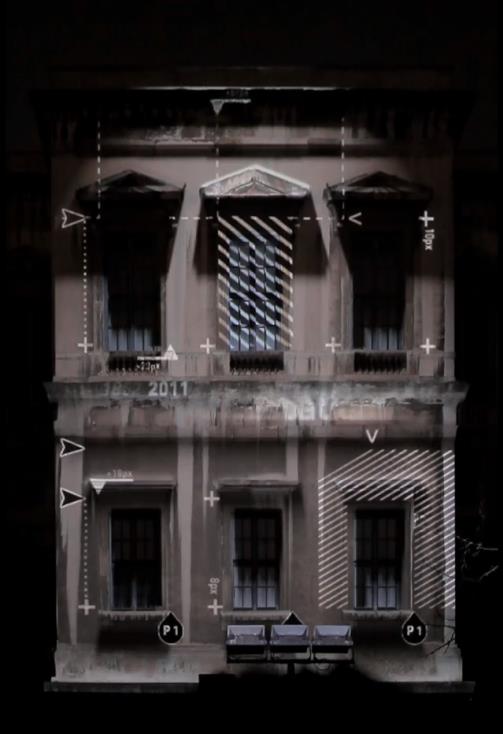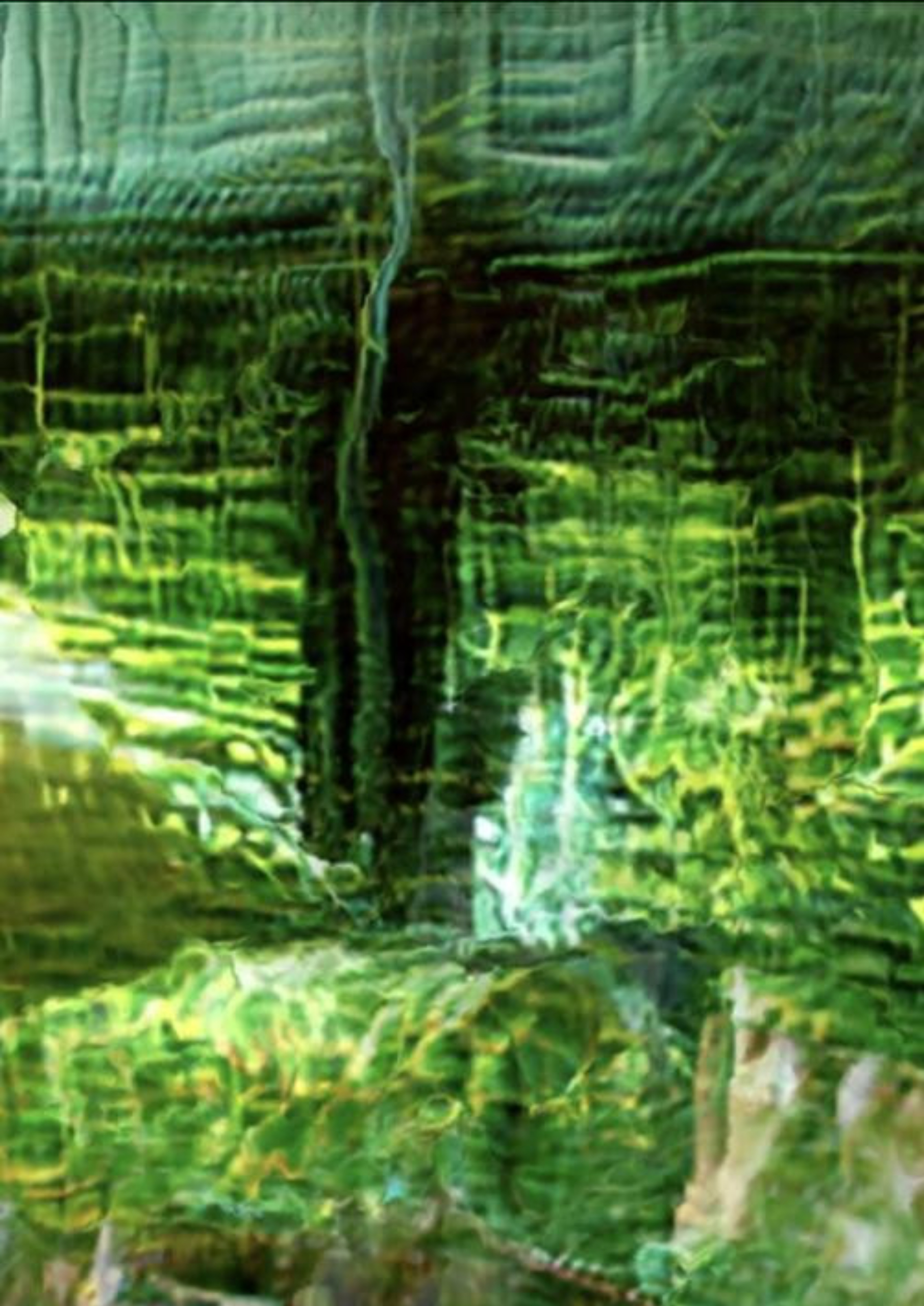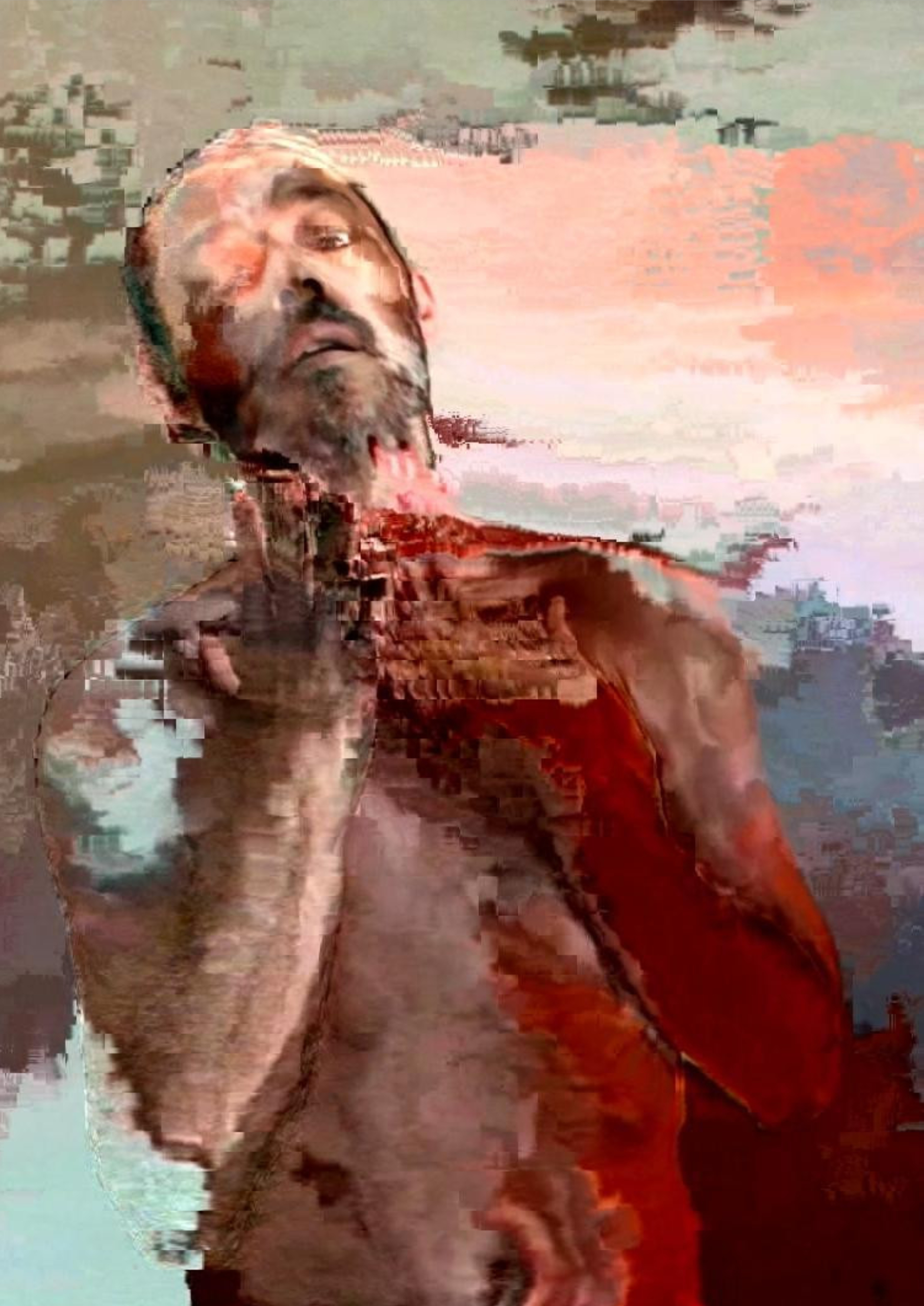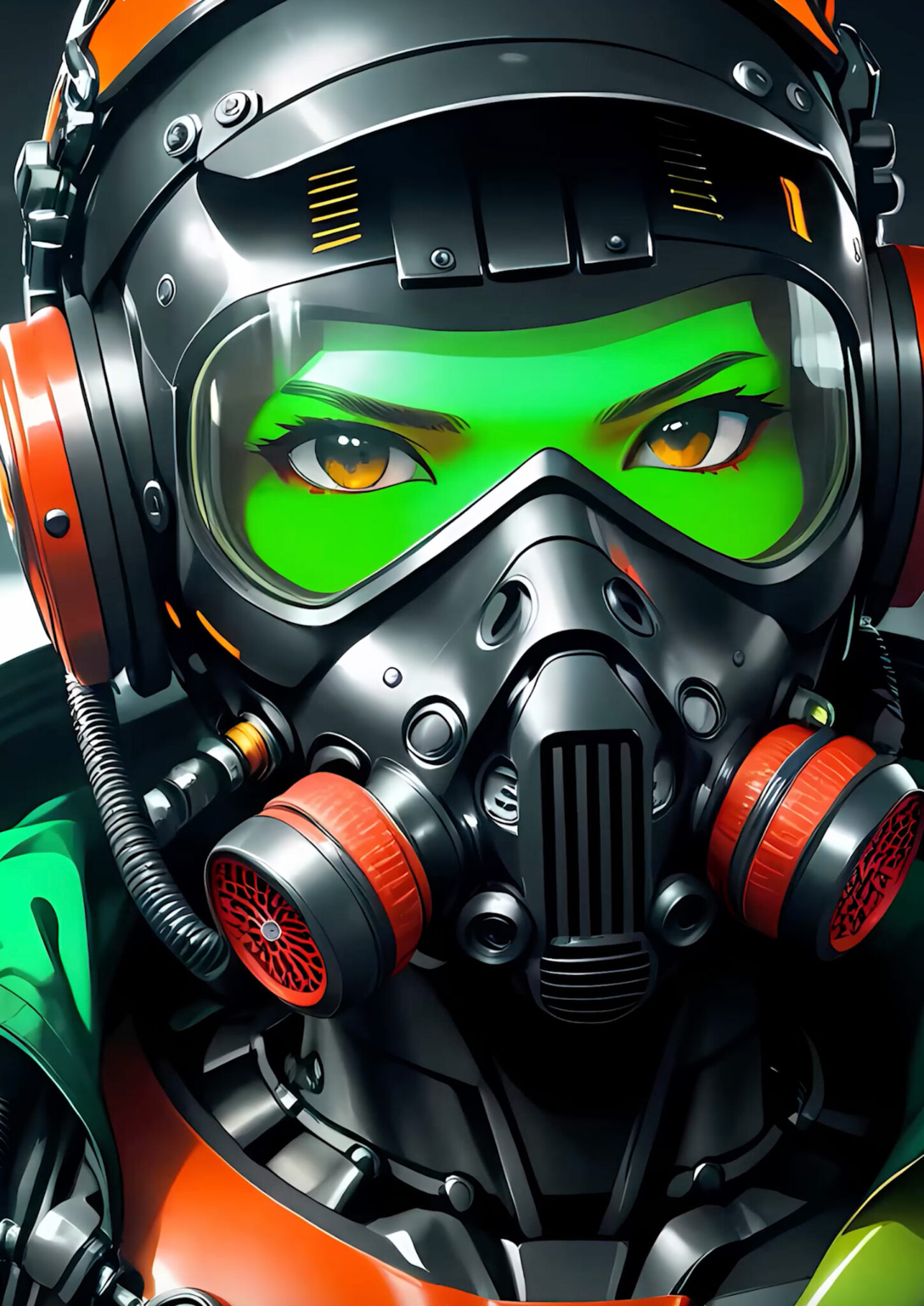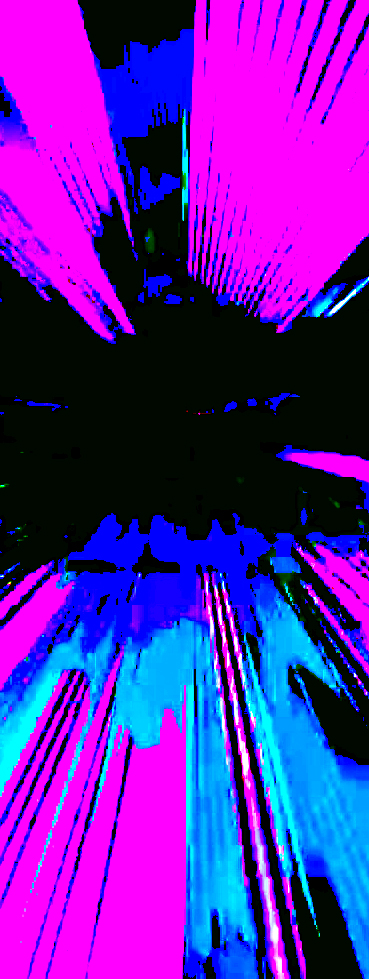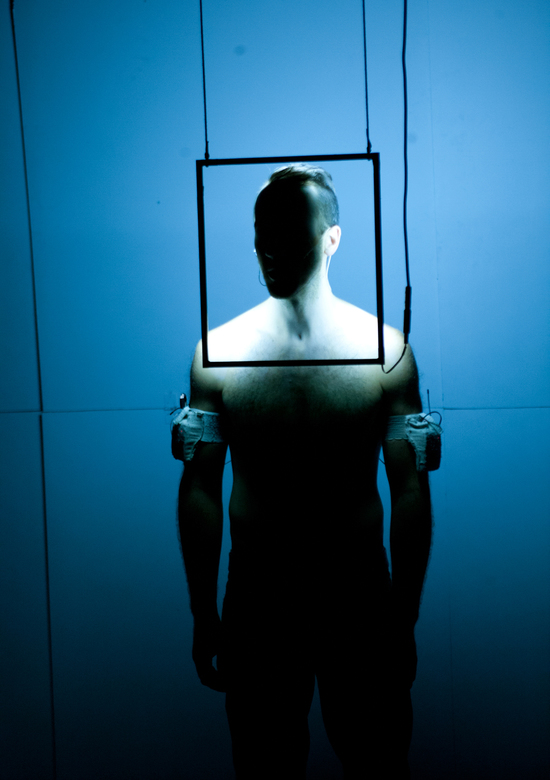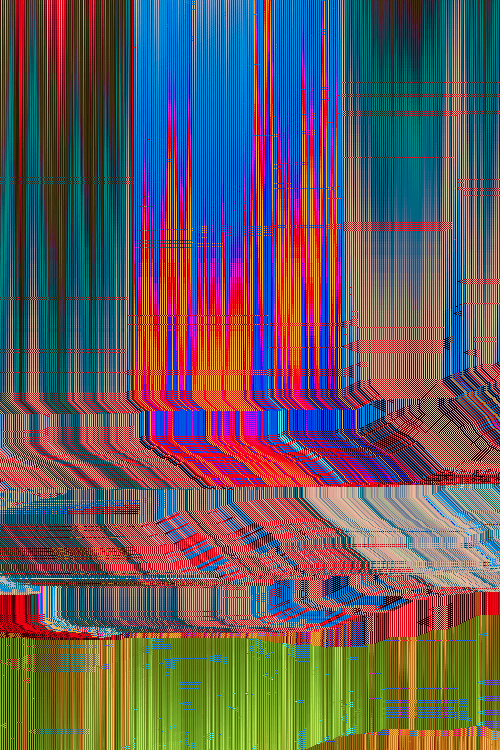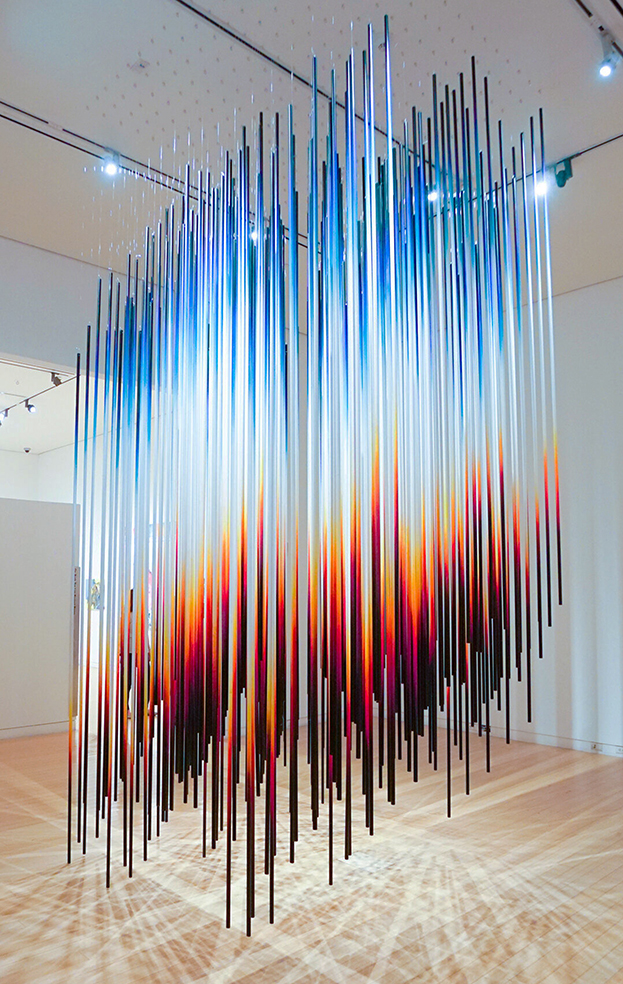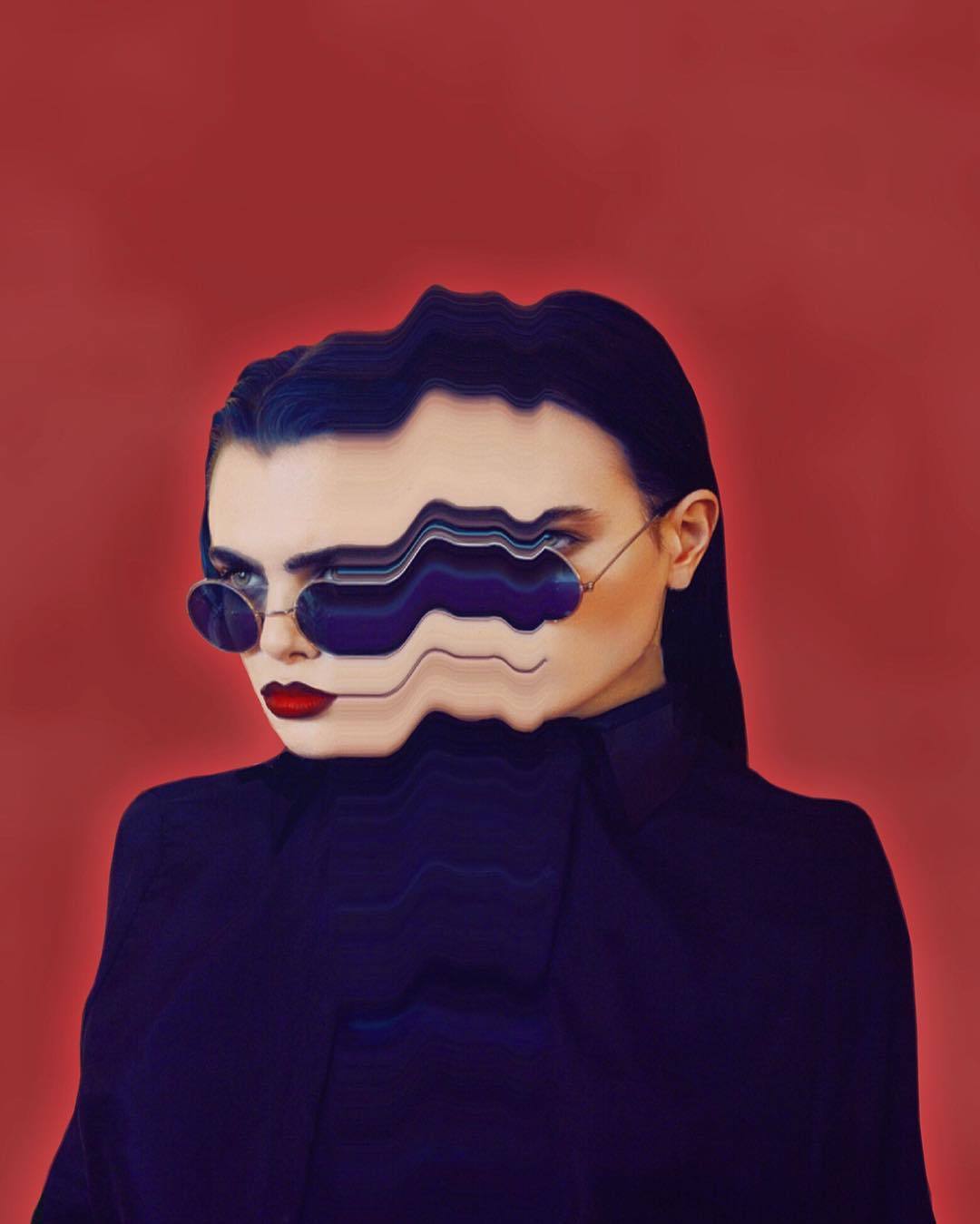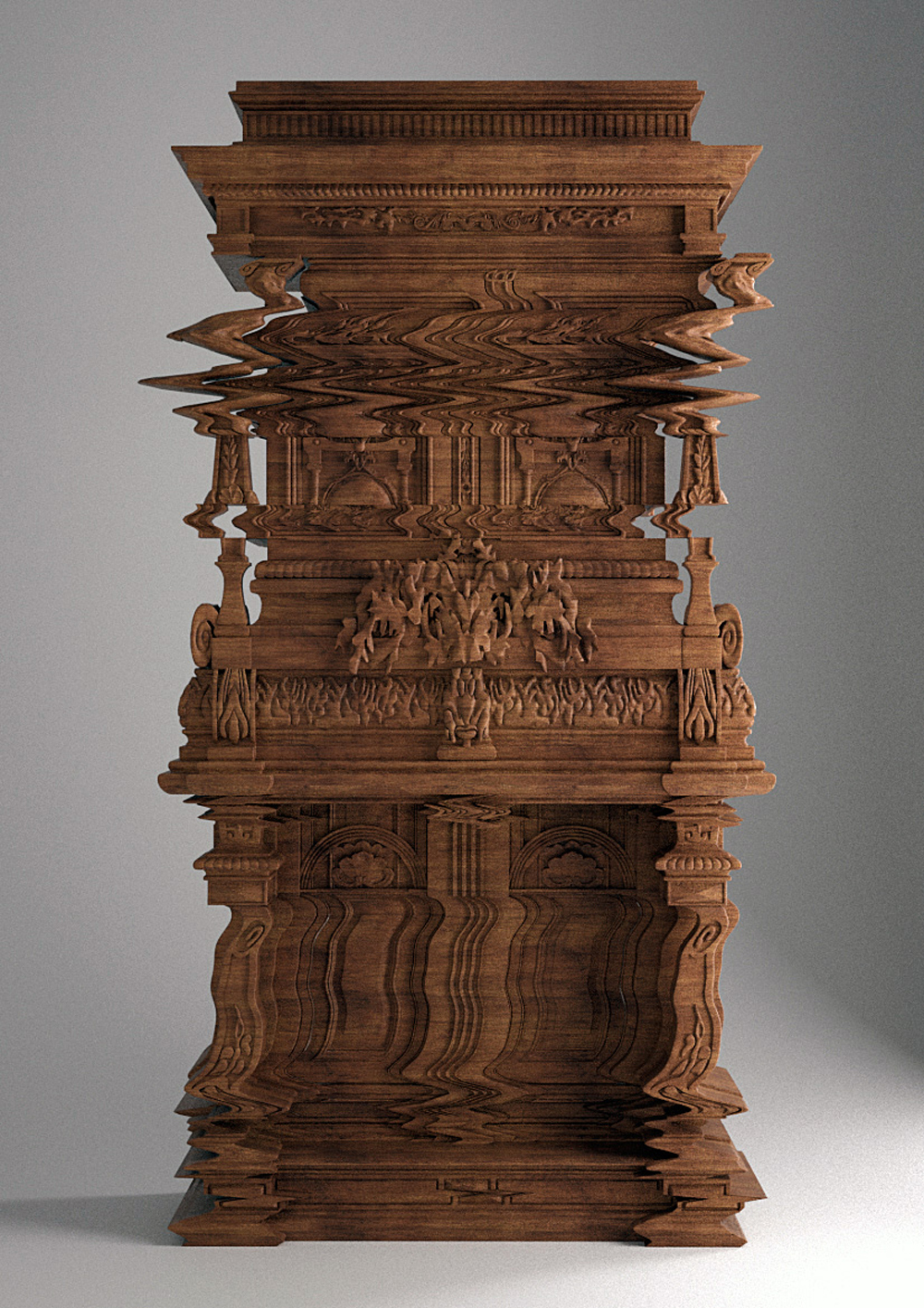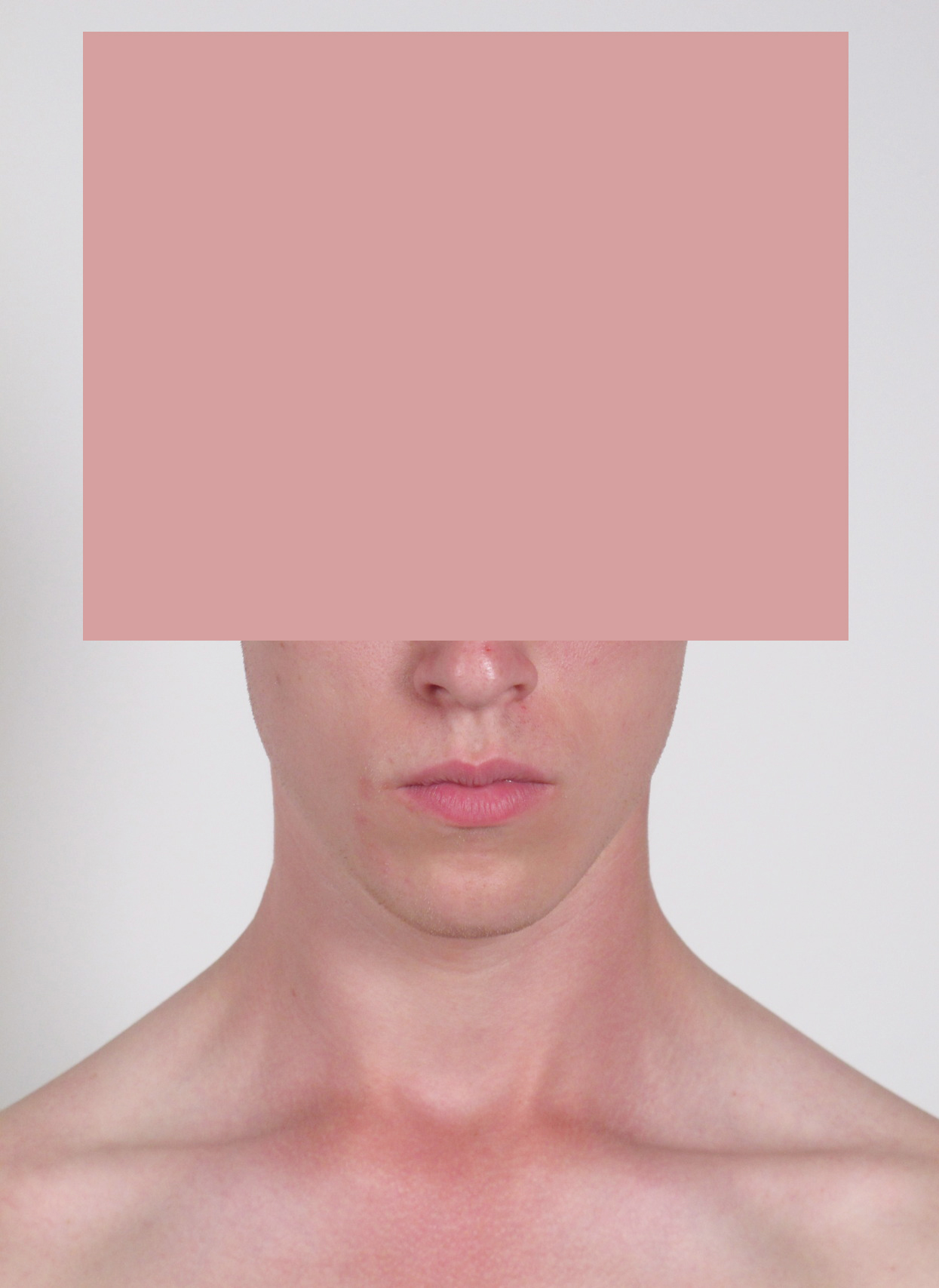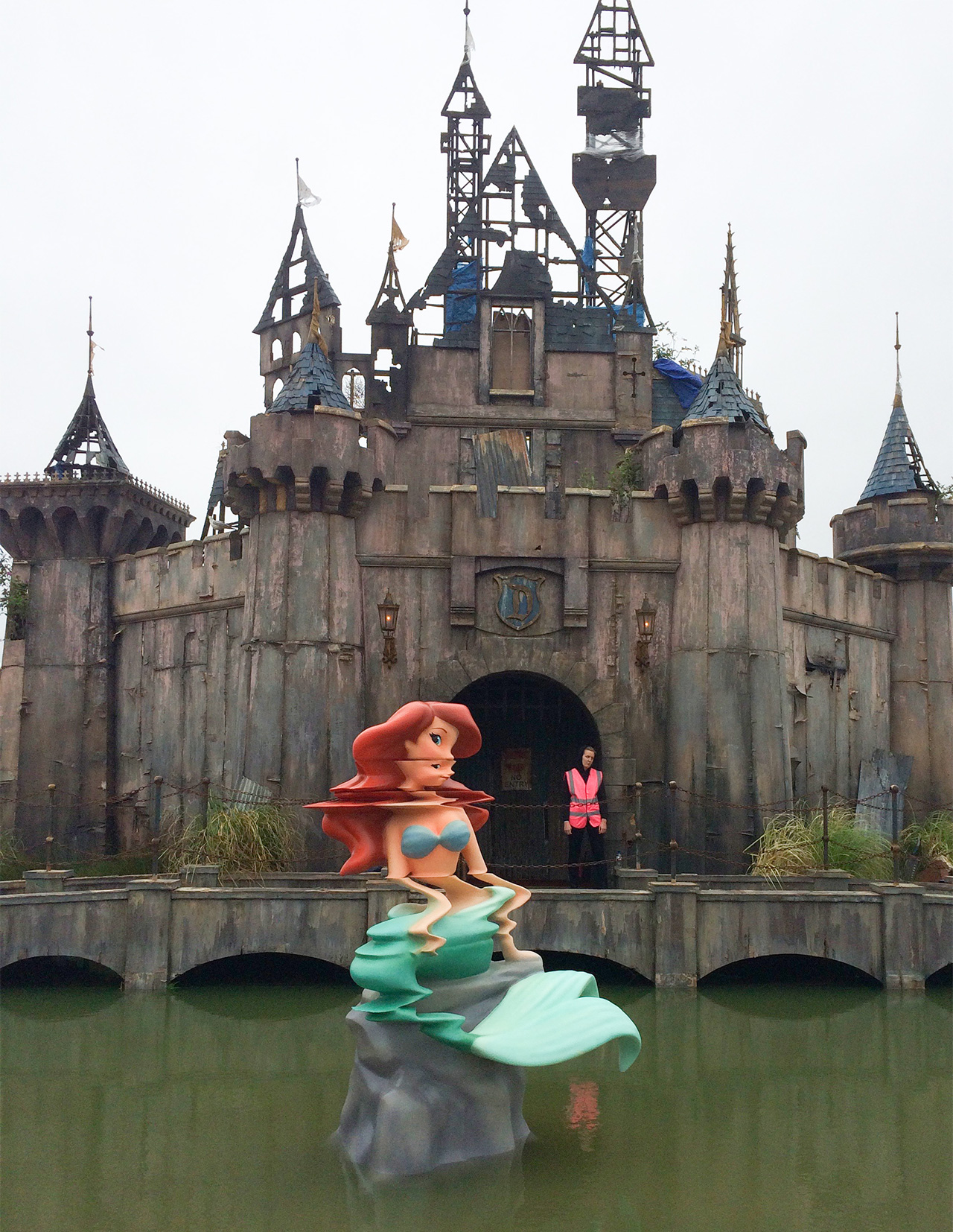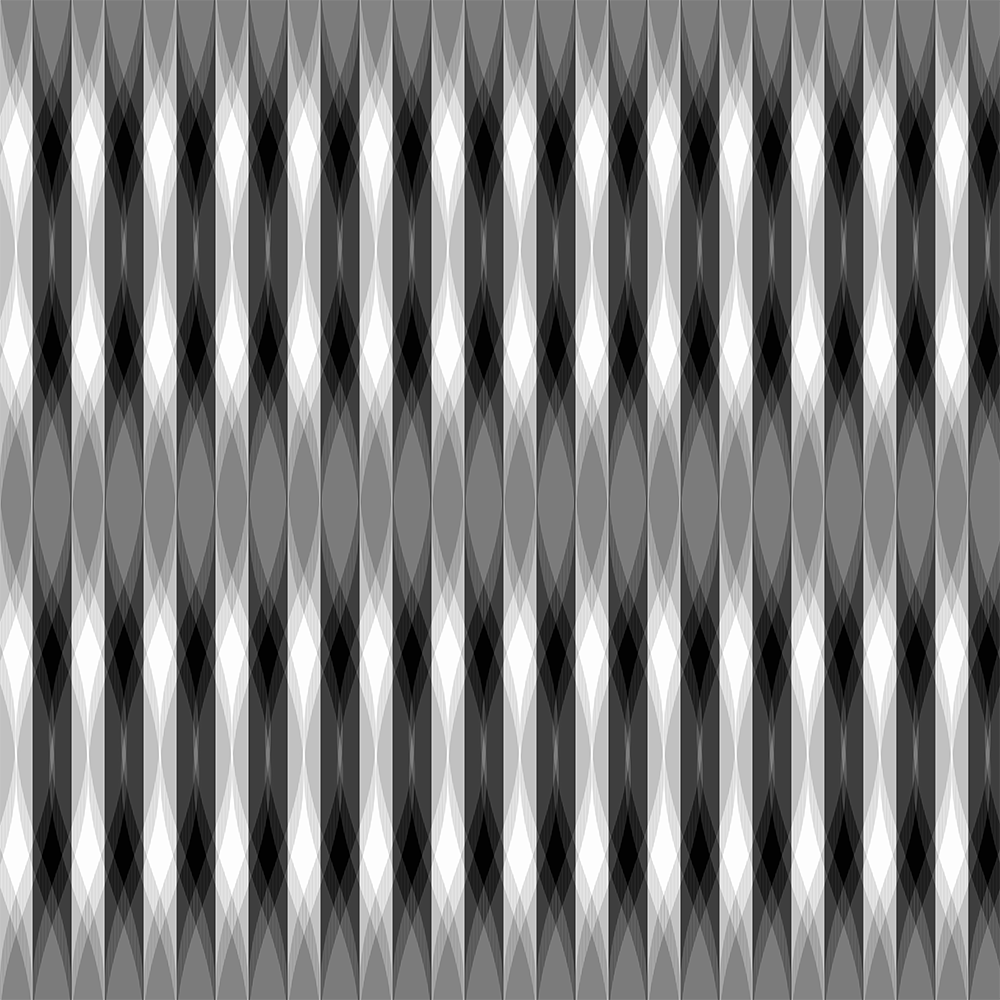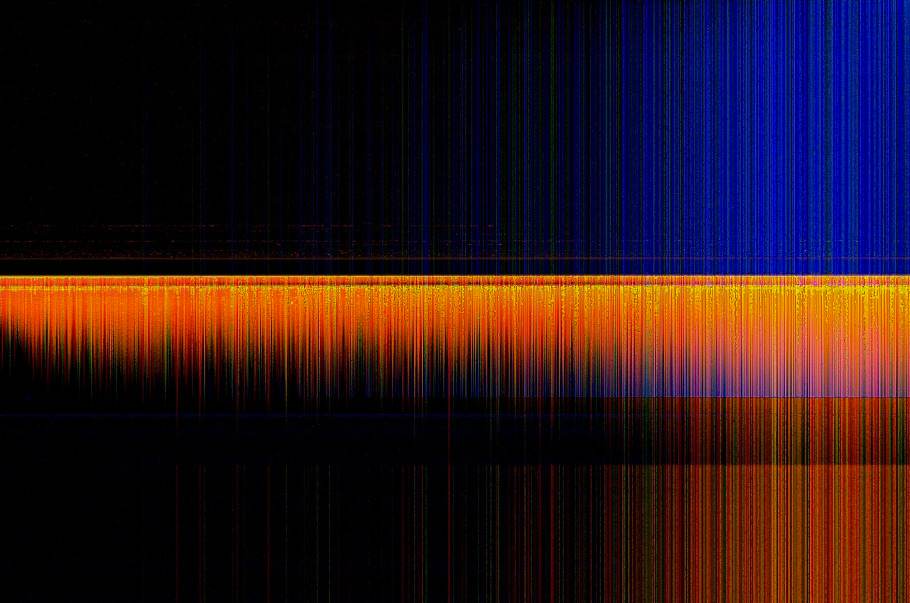Garden
Michael Betancourt
FILE SÃO PAULO 2025: SYNTHETIKA – Art and Technology – CGI VIDEOS
Electronic Language International Festival
Garden – United States
Garden is a generative glitches animation created by deliberately conflicting AI (LoRA) models. Using multiple LoRA models to generate images that evoke flowers in a garden, the work transforms traditional representations of plant life into a fluid and hallucinatory exploration of growth, decay, and metamorphosis. These transformations suggest alternative ways of understanding organic growth, where the boundaries between individual organisms become fluid and permeable.
BIO
Michael Betancourt is a contemporary Cuban-American critical theorist, filmmaker, and artist-researcher known for his pioneering work in the fields of Digital Capitalism, Motion Graphics , and Glitch Art . Since 1990, he has explored the intersection of technology, culture, and aesthetics in a diverse practice unified by a constant concern with the poetic potential of images generated by errors.
